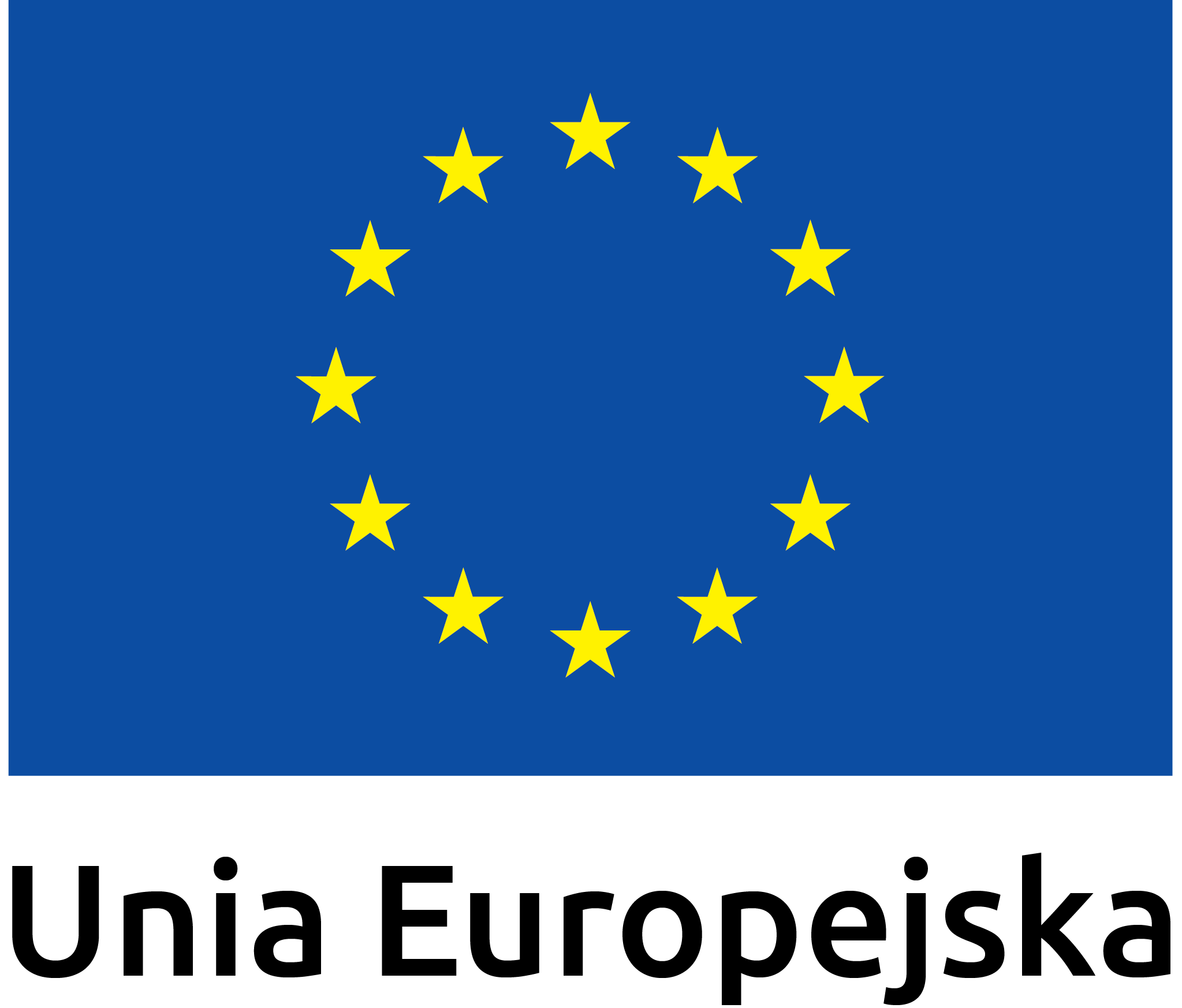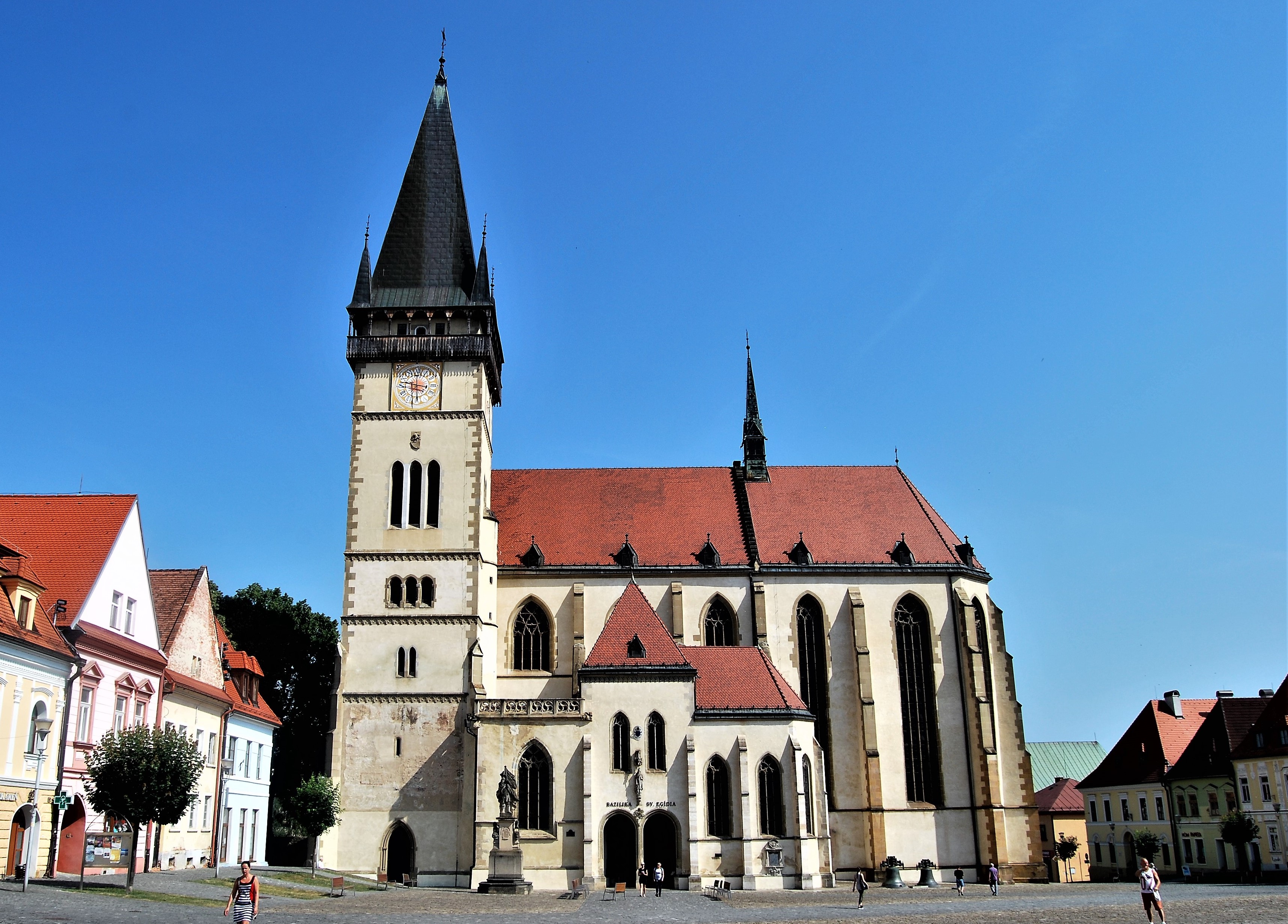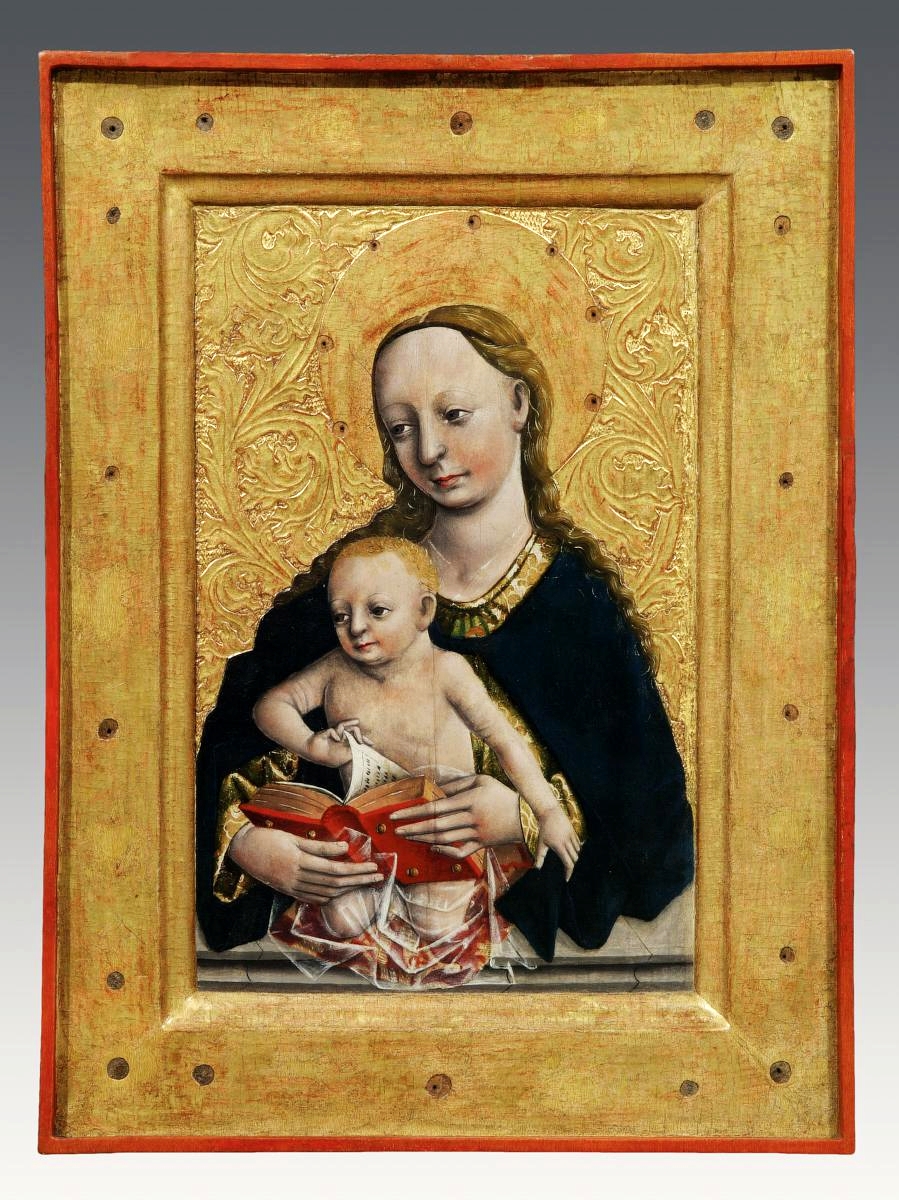Jakub of Nowy Sącz – a medieval artist or a gifted craftsman?
He came from Nowy Sącz, as evidenced by the fact that "when he accepted the city law in Kraków in 1443, he was entered as «pictor de Nova Sandecz»" (Adam Bochnak, Polish Biographical Dictionary). There are many indications that he was a sought-after artist. In 1445, he made unspecified paintings for Maciej Grodziec, altarist of the Church of the Blessed Virgin Mary in Kraków. Later, he repaired a painting belonging to Mikołaj, the parish priest in Sławków, and undertook to make and deliver to Lviv paintings intended for Mikołaj Wierzynek from Kamieniec.
Jakub was also active in Bardejov, as evidenced by the fact that in 1460 the city council concluded an agreement with him to make the main altar in the church of St. Egidio for 100 florins and a festive vestment. As Stanisław A. Sroka stated in the book Średniowięcej Bardiów i jego kontakt z Małopolską: "At that time Jakub undertook many other orders, both in Nowy Sącz and Kraków. It seems that he was [also] entrusted with making an altar for the parish church in Nowy Sącz, as a result of which he stayed in that city in the years 1465-1466." For this reason, as can be assumed, work on the now non-existent medieval Bardejov altar lasted a long time, until 1466 (as written in one of the studies: "this altar, probably a triptych, with a carved central part, intended for the presbytery, was to have a span equal to the width of the interior"). There is no clear answer to the question of whether Jakub of Nowy Sącz was also the author of the Holy Trinity triptych in the Świętokrzyska Chapel in the Wawel Cathedral from 1467. Ewa Polak-Trajdos spoke in favour of his authorship, while Tadeusz Dobrowolski, among others, opposed (it seems convincingly).
In connection with his professional activity, Jakub could not avoid several legal cases. In 1451, a case was brought against the painter before the consistory court in Kraków, in which Jan Długosz and Maciej Grodziec testified. A dozen or so years later, in 1464, Father Bogusz charged him with appropriating a frame of a painting, which according to the accused was to be given to a third party. Jakub of Nowy Sącz died in 1479, as reported in the entry in the Kraków mayor's book. The dispute over whether he was only a copyist and restorer of paintings, or perhaps something more - a significant painter of his era - has not been unequivocally resolved. It is therefore understandable that "currently [reasonably] the prevailing opinion is one that levels both extreme views" (Stanisław A. Sroka), who sees Jakub as, without a doubt, a figure who stands out among Polish artists active in the fifteenth-century Bardejov, closely linked to the cities of Lesser Poland not only through intensive trade.
Author: Leszek Migrała
Author: Leszek Migrała


